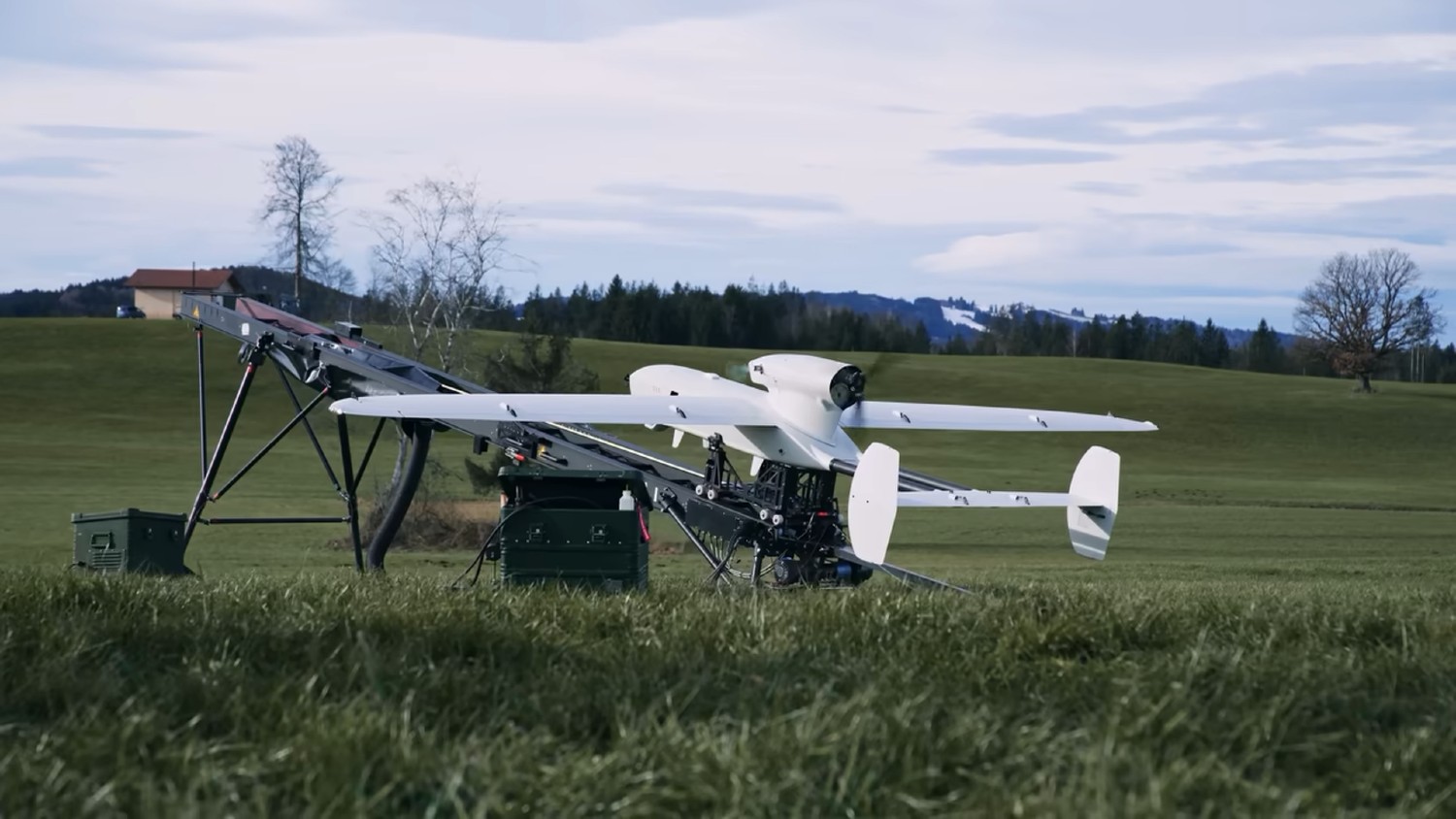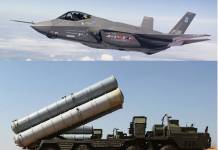European powers, the United Kingdom, and Germany are developing new radical drone concepts as per test videos released by their defense majors and armed forces.
While Germany’s Rheinmetall has developed a kamikaze drone carrier that can carry small attack drones in an internal bay, the UK has tested a quadcopter that is shown firing a Lightweight Multirole Missile (LMM) Martlet.
Both products appear to be in a very nascent prototype testing phase, and the release of the videos has more of a publicity value to demonstrate technical progress. It is also unclear if the aircraft were developed upon a specific request from the respective armed forces.
Nevertheless, they appear to have some relevant tactical requirements thrown up by recent wars in Ukraine and tensions between China, the United States (US), and Taiwan in the western Pacific.
Rheinmetall’s ‘Game Changer’ Drone
A concept video showed a soldier loading what appears to be explosive charges inside a cylindrical drone with fold-out quadcopter rotors. These smaller drones, which are the loitering munition, are placed inside a hollow weapons bay of a larger unmanned aerial vehicle (UAV).

Meanwhile, operators in a tactical control center set and program the mission and waypoints for the drone. The GameChanger drone, meanwhile, is placed on a catapult launch system. The fairly large UAV has a push-propeller on the top fuselage and twin-tail booms.
After being released by the catapult, the electro-optical system identifies a house on the ground, with an armed man seen outside it and a truck entering the attached garage. The enacted setting is a simulated target. The ground control station sees the video, which switches to the thermal view.
The drone then releases two kamikaze drones from the weapons bay in the belly. While it is not clear in the video, it appears that the kamikaze drones don’t have an electro-optical CCD camera in the nose but rather at the back beside the bulging sections where the four rotors are attached and fold out from.
They stay inverted and travel in the vertical position downwards towards the target. One hits a mast outside the house, while the other enters through a window and blows up the structure.
The drone’s warhead weight or the range of either the carrier GameChanger drone or the small flying bombs is unknown. Thus, the system appears to have utility for tactical anti-infantry roles and special covert missions.
Moreover, if the larger drone itself is detected and shot down, it would presumably lose all the smaller UAVs. Unless the developers have designed a provision where if the carrier UAV is struck in a non-critical part, it can release the payload of the smaller killer drones, especially if it is hit near the target area.
But the entire system might explode immediately if an anti-aircraft round hits it in the belly where the killer drones are. This is because the explosive warhead in the smaller UAVs will also ignite.
British Missile-Firing Jackal Quadcopter
Meanwhile, the Royal Air Force (RAF) conducted a trial firing of the LMM Martlet from the Jackal quadcopter on Wednesday. In a video, it was shown firing a Martlet cased in one of two cylindrical tubes wedged in the UAV’s front portion.
The test and the project’s development have been sponsored by the RAF’s Rapid Capabilities Office (RCO). Flyby Technology develops the drone in the UK, while the missile is a product of Thales.
A video of the test showed the Jackal, tethered to the ground with thick wires, hovering a few feet above the ground and firing the Martlet. The UAV is seen sustaining significant recoil and shakes when the missile swiftly leaves the tubes.
The Jackal is a vertical take-off heavy UAV in a quadcopter-cum-propeller configuration where four front-facing propellers in protective shrouds accompany eight coaxial rotors.
The 76mm LMM Martlet used by the British Army is both a surface-to-air and a surface-to-surface missile. However, while the manufacturer Thales indicates it is useful against tracked and armored vehicles, technically, it is not powerful enough to knock out a proper main battle tank (MBT).
Its warhead weighs only three kilograms, compared to the nine-kilogram warhead on Hellfire missiles. It is, therefore, better suited to taking on Armored Personnel Carriers (APCs) and other ground targets like bunkers, fortifications, and tactical command and control centers.
“The Jackal should be a safer alternative to soldiers advancing with shoulder-fired weapons or crewed helicopters approaching enemy targets,” said a report in the Daily Mail.
- The author can be reached at satamp@gmail.com
- Follow EurAsian Times on Google News




